14 Ways How Yearbooks From The ’50s To The ’90s Captured A Changing America

Flipping through my mom’s dusty yearbooks from 1968 is like stepping into a time machine with a hint of Aqua Net.
What starts as a fun peek at beehive hairdos and vintage cheerleading uniforms quickly turns into something deeper. These simple, bound volumes aren’t just filled with awkward smiles and long-lost crushes—they’re living, breathing snapshots of history.
Each page captures the spirit of its era, whether it’s the prim and proper vibes of the ’50s, the rebellious roar of the ’70s, or the neon-soaked energy of the ’90s. You see the shifts in fashion, yes, but also in language, values, even the way people posed for photos.
It’s American history told not through textbooks, but through teenage doodles and senior quotes. They may gather dust on a shelf, but yearbooks quietly chronicle the heartbeats of generations past—and somehow, they make history feel personal, even magical.
1. Fashion Forward
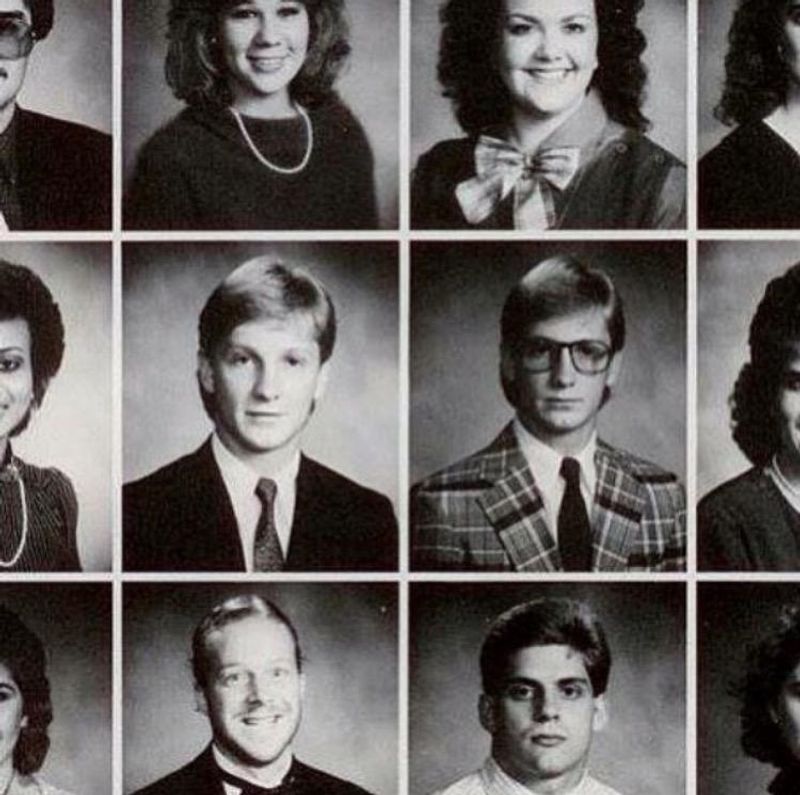
Poodle skirts to parachute pants! My uncle’s 1957 yearbook shows boys in crisp crew cuts and girls with perfectly curled bobs—everyone looking practically identical. Fast forward to my cousin’s 1985 edition, and it’s an explosion of mullets, Madonna-inspired lace, and neon everything.
Yearbook fashion spreads became unintentional fashion archives, documenting the shift from the conformist ’50s through the hippie revolution and into the brand-obsessed ’80s and ’90s. School photographers captured it all—from saddle shoes to platform sneakers.
The evolution wasn’t just about clothes but about expression and rebellion. Each decade’s sartorial choices reflected youth pushing boundaries and defining themselves against their parents’ generation.
2. Racial Integration Stories
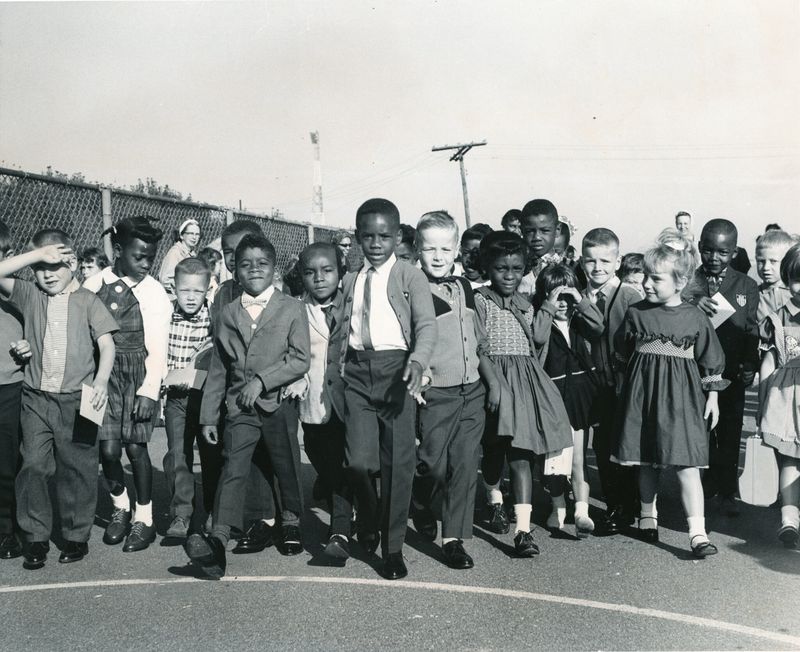
Grandma’s 1954 yearbook shows an all-white student body, while just fifteen years later, my dad’s 1969 edition reflects the painful yet necessary journey toward integration. Those pages captured America’s civil rights struggle in real-time, showing the first Black students in previously segregated schools.
Yearbook staff often documented these watershed moments with surprising candor. Photos of empty desks during boycotts, integration ceremonies, and multicultural student groups told stories of resistance and progress.
Some yearbooks even preserved student editorials debating civil rights issues, providing raw, unfiltered glimpses into how young Americans processed these monumental changes. The progression from segregated to integrated yearbooks maps America’s bumpy road toward equality.
3. Protest Culture Captured
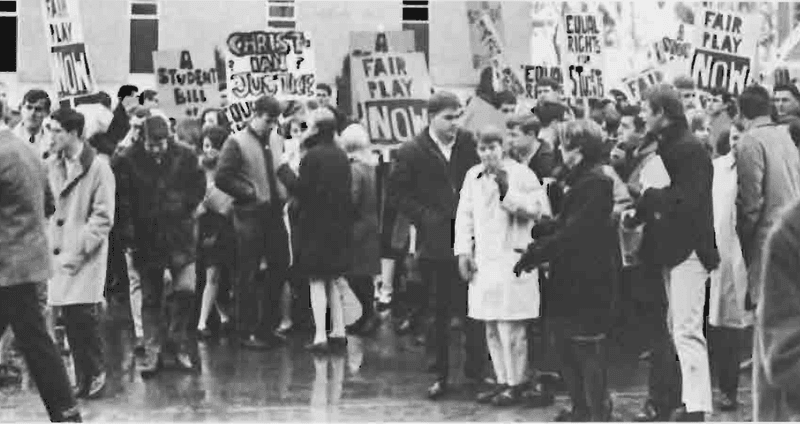
Nothing shocked me more than finding my quiet accountant dad in his college yearbook—fist raised at an anti-war rally! Yearbooks from the mid-60s through early 70s transformed from showing only sanctioned school activities to documenting student activism, reflecting America’s broader political awakening.
Campus photographers caught Vietnam protests, civil rights demonstrations, and environmental sit-ins. These weren’t just rebellious kids but young citizens engaging with democracy’s biggest questions.
Yearbook coverage evolved from carefully staged club photos to raw, journalistic documentation of students making history. The contrast between my parents’ yearbooks—Dad’s filled with protest coverage, Mom’s from a conservative school showing none—demonstrates how unevenly this awakening spread across America.
4. Women Breaking Barriers
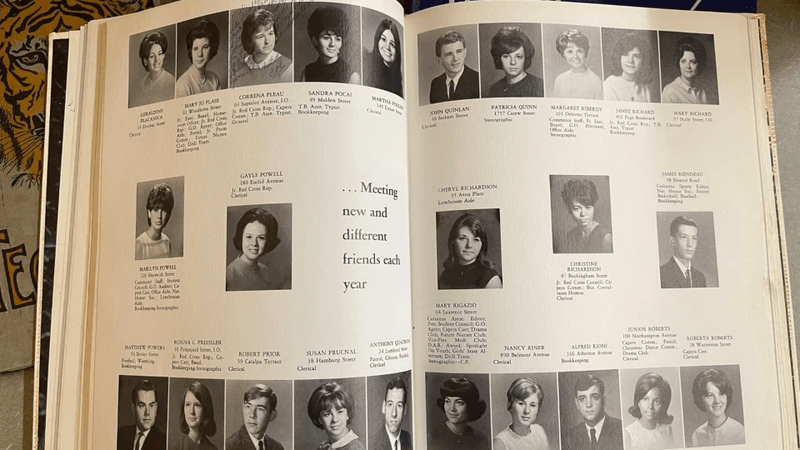
Browsing Aunt Carol’s 1956 yearbook makes me cringe—girls were exclusively cheerleaders, homecoming queens, or future homemakers. But flip through my 1991 yearbook, and you’ll find female student body presidents, science club leaders, and varsity athletes everywhere.
Yearbooks documented women’s liberation in real-time. The 1970s editions show the first girls joining previously all-male clubs, sports, and leadership positions. Captions evolved too—from describing girls as “pretty” to highlighting their accomplishments.
My favorite find was my mom’s 1974 yearbook featuring the first all-female auto shop club, standing proudly beside disassembled engines. These pages captured American women’s steady march toward equality—sometimes before the larger culture recognized these shifts.
5. LGBTQ+ Visibility Emerges
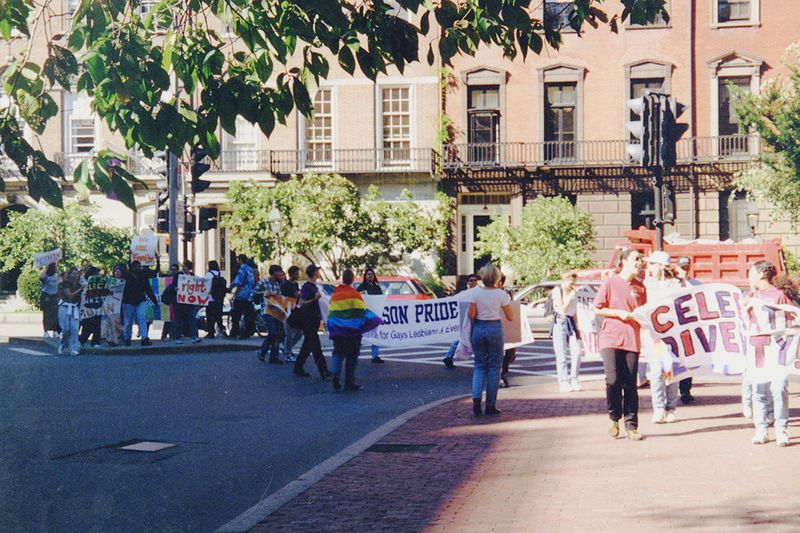
Uncle Steve recently showed me his 1978 yearbook with the first-ever Gay Students Alliance photo—six brave faces partially hidden behind a banner. Comparing this to my 1995 yearbook’s prominent LGBTQ+ club spread shows a revolution in acceptance.
Yearbooks documented this journey in subtle ways—from coded references in the 1950s-60s (“confirmed bachelors” and “roommates”) to increasingly open expressions in later decades. The 1980s brought the first same-sex couples in prom photos, though often relegated to “candid” sections rather than formal portraits.
Student quotes and editorials about gay rights began appearing in the late 1970s, increasing through the AIDS crisis years. These yearbook pages reveal how schools became battlegrounds for acceptance long before mainstream America embraced LGBTQ+ equality.
6. Technology’s March Forward
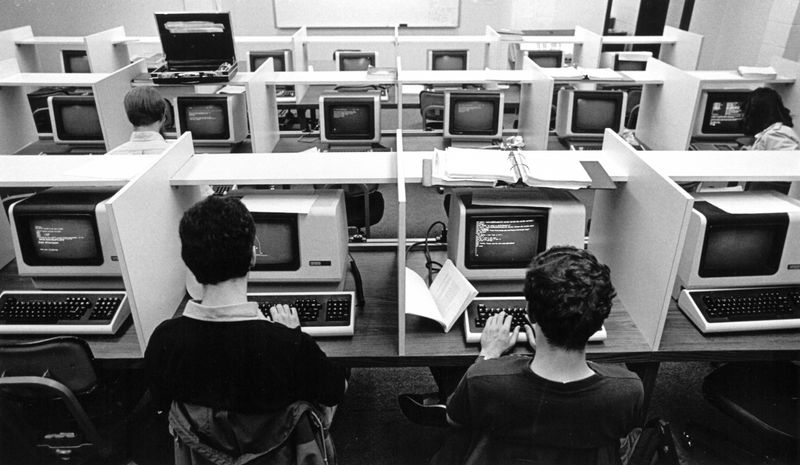
Remember my shock finding a photo of Dad using a slide rule in his 1962 yearbook? His high school’s “cutting-edge” technology was laughably ancient compared to the computer labs featured in my 1993 edition!
Yearbooks themselves evolved technologically—from hand-drawn illustrations and painstakingly developed photographs to digital design. Early ’50s yearbooks showcased new science labs with Bunsen burners and microscopes. By the ’70s, calculators appeared in math classes.
The ’80s brought the first computer labs with hulking Apple IIs, while my generation posed with early internet connections. These technological evolution snapshots weren’t just about gadgets but about changing how Americans learned, communicated, and saw their future. Yearbook production itself mirrored this journey from darkroom to desktop publishing.
7. Environmental Awareness Grows
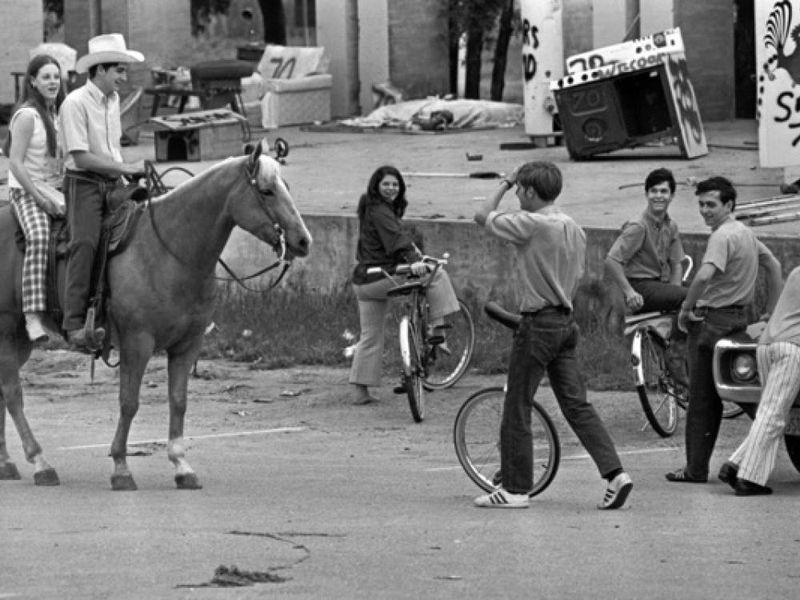
My favorite Earth Day photo comes from Mom’s 1970 yearbook—students planting trees while wearing those iconic hippie headbands. Early ’50s yearbooks barely mentioned nature, focusing instead on conquering it through science and industry.
By the late ’60s, environmental clubs began appearing, documenting America’s awakening ecological consciousness. Yearbook themes evolved too—from celebrating industrial progress to embracing sustainability. The first Earth Day in 1970 appears in countless yearbooks, marking a turning point.
Student editorials about pollution, conservation, and later climate change show young Americans grappling with environmental responsibility. My own 1994 yearbook featured a recycling initiative that seems quaint now but was revolutionary then. These pages tracked how environmental awareness transformed from fringe movement to mainstream value across generations.
8. Music’s Cultural Revolution

Grandpa’s 1953 yearbook shows the school band in matching uniforms playing Glenn Miller tunes. Flash forward to my brother’s 1975 edition featuring long-haired kids forming garage bands covering Led Zeppelin—what a difference two decades made!
Music references in yearbooks track America’s cultural revolution. Quotes from Frank Sinatra gave way to Beatles lyrics, then punk manifestos. School dances evolved from chaperoned sock-hops to psychedelic happenings.
Student bands gained prominence in yearbook coverage, showing how youth culture shifted from consuming parent-approved entertainment to creating their own. My favorite example: a 1967 yearbook showing students protesting when the principal banned “subversive” rock music from the prom. These pages captured music’s transformation from entertainment to identity marker and political statement.
9. Evolving Educational Priorities

I chuckled seeing my dad’s 1965 yearbook’s emphasis on rote memorization and strict discipline—so different from my 1992 edition celebrating creative thinking and self-expression. Curriculum pages in yearbooks reveal America’s changing educational philosophies.
The ’50s highlighted rigorous math and science in response to Sputnik, while ’60s-’70s yearbooks show the rise of humanities and electives. Photos of classroom arrangements evolved too—from rigid rows facing blackboards to collaborative circles and learning centers.
Computer classes appeared in the ’80s, expanding dramatically by the ’90s. Student quotes about education changed from emphasizing conformity and preparation for specific careers to celebrating critical thinking and personal growth. These subtle shifts documented America’s evolving views on what education should accomplish.
10. Drug Culture Acknowledgment
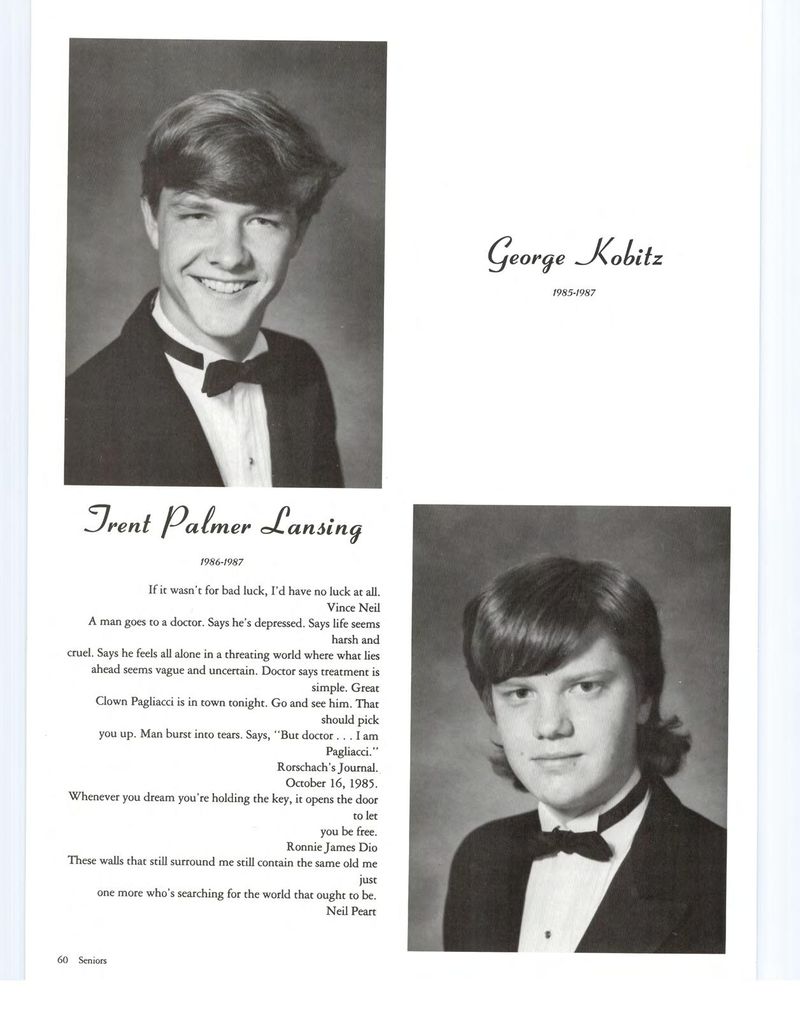
My jaw dropped finding an anti-drug page in Mom’s 1972 yearbook—complete with psychedelic lettering that ironically resembled drug-inspired art! Yearbooks documented America’s complicated relationship with substances across decades.
Absent from ’50s editions, drug references emerged obliquely in ’60s yearbooks through coded language and imagery. By the ’70s, many yearbooks included surprisingly frank discussions of drug use and prevention programs, reflecting national concerns.
“Just Say No” campaigns dominated ’80s yearbooks, while the ’90s brought more nuanced approaches to substance education. Student editorials on legalization debates appeared in some progressive schools.
11. Sports Breaking Boundaries
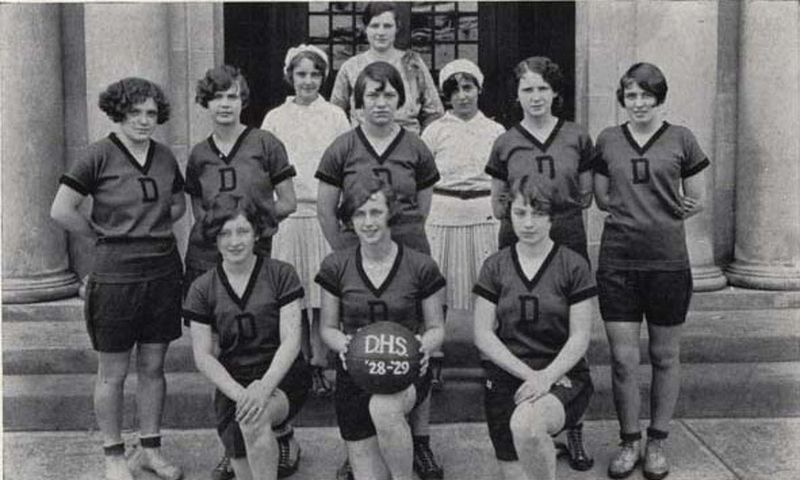
Grandma’s 1958 yearbook devoted ten pages to boys’ sports and exactly two to “girls’ activities”—mostly cheerleading. Contrast that with my sister’s 1988 edition where female athletes commanded equal coverage and respect!
Title IX’s 1972 implementation transformed yearbook sports sections. Early ’70s editions show the first girls joining previously all-male teams, often facing ridicule documented in photo captions. By the ’80s, girls’ state championships received prominence equal to boys’.
Sports integration appears too—from segregated teams in the ’50s to diverse squads in later decades. Adaptive sports for disabled students emerged in ’70s yearbooks, expanding in the ’90s. These athletic pages didn’t just record scores but chronicled America’s evolving understanding of opportunity, inclusion, and fairness in competition.
12. Changing Family Structures
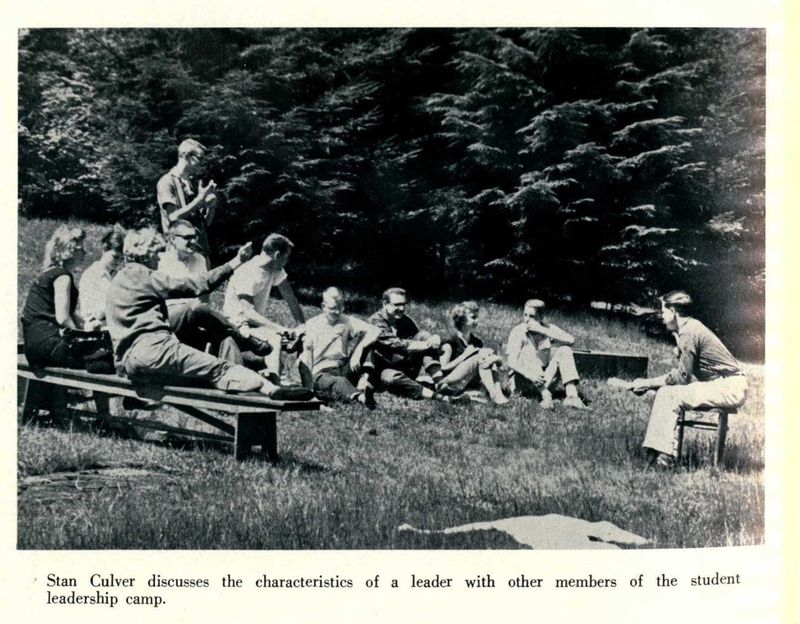
Looking through my parents’ yearbooks, you’d think every student had a mom, dad, and 2.5 siblings. My 1990 yearbook tells a different story—celebrating diverse family structures that would’ve been hidden decades earlier.
Senior tributes and parent acknowledgments evolved dramatically. The ’50s-’60s featured traditional nuclear families exclusively. Divorced parents began appearing separately in ’70s dedication pages, reflecting America’s changing marriage patterns.
By the ’80s, stepparents and blended families gained visibility, while the ’90s brought the first acknowledgments of same-sex parents and single parents by choice. These personal pages documented America’s expanding definition of family—often before mainstream media caught up.
13. Beauty Standards Transformed
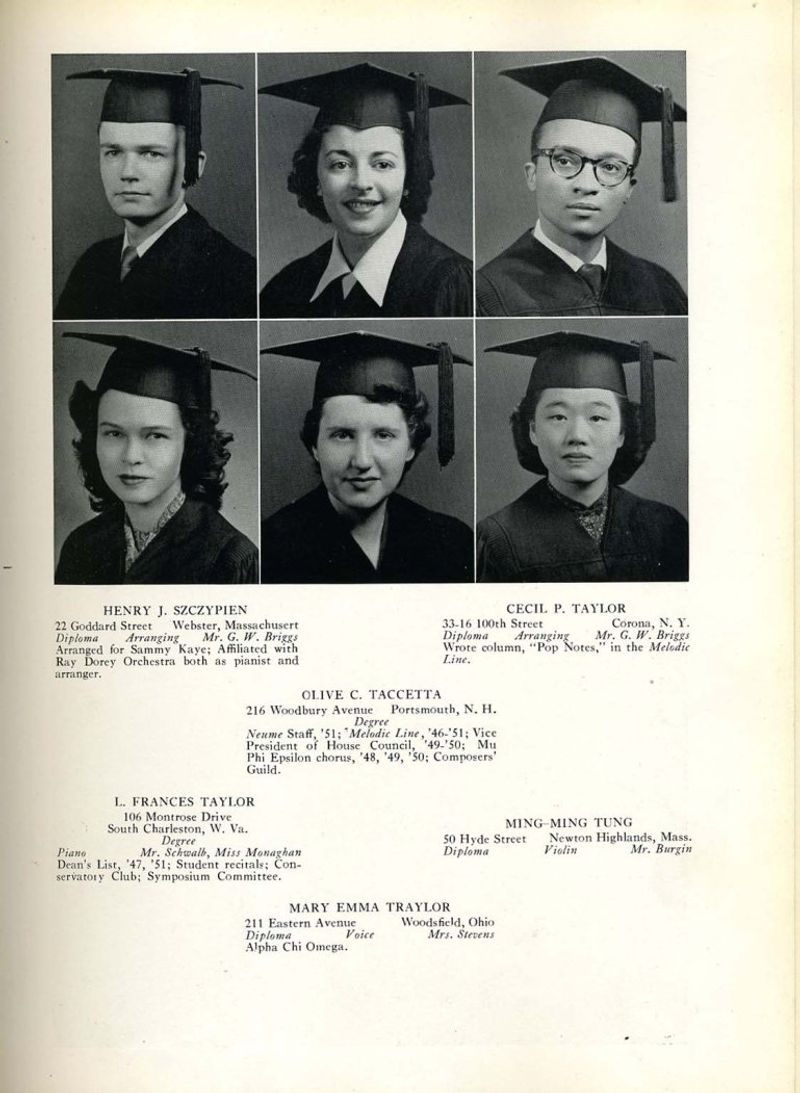
I howled with laughter seeing the “Miss Popularity” winners in my aunt’s 1962 yearbook—all virtually identical with the same flipped hairstyle and measurements listed below their photos! Yearbooks documented America’s evolving beauty standards in painfully honest ways.
The ’50s-early ’60s celebrated a narrow, Eurocentric beauty ideal. “Most Attractive” superlatives gradually disappeared in the ’70s, replaced by personality-focused awards. Natural hairstyles for Black students became celebrated rather than discouraged.
Body diversity increased dramatically by the ’90s, with yearbooks featuring students of various sizes without commentary. My own yearbook’s “Beautiful Inside and Out” award went to a student with a visible disability—unimaginable in earlier decades.
14. Military Influence Fluctuates
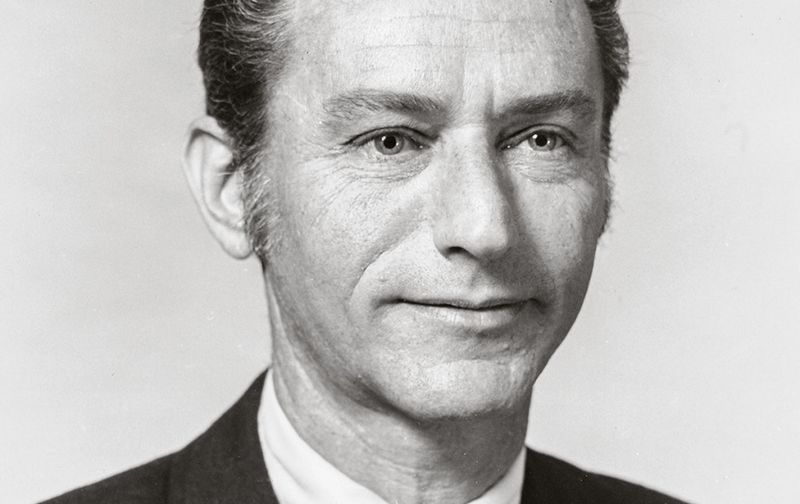
Grandpa’s 1951 yearbook glorified military service, with ROTC featured prominently and veterans returning to finish school celebrated as heroes. My dad’s 1972 edition shows the opposite—military recruiters being protested and veterans sometimes hiding their service.
Cold War yearbooks from the ’50s-early ’60s often included civil defense drills and patriotic messaging. Vietnam-era yearbooks documented campus tensions between hawks and doves, sometimes with remarkable balance.
The pendulum swung again in the ’80s with renewed military pride, though more nuanced than the uncritical ’50s portrayals. Desert Storm coverage in early ’90s yearbooks shows how military service regained respect while maintaining space for dissent.
